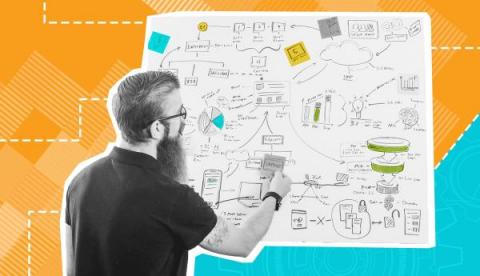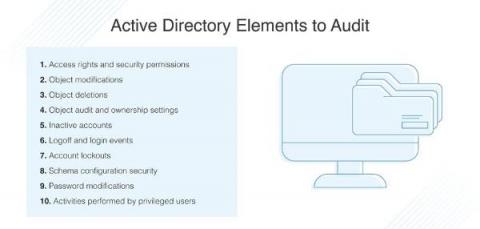As you respond to a changing IT landscape, you must update your approach to supporting your organization’s services. We believe 2022 will be the year of Observability. While Observability means many things, SolarWinds can help you understand how it can transform your team and organization. Please join Rohini Kasturi, EVP and Chief Product Officer, and Richa Dhanda, VP of Product Marketing, as they share how SolarWinds is evolving our product portfolio to deliver comprehensive visualization into full-stack solutions for hybrid IT and cloud environments. Rohini will also preview some exciting developments coming in 2022.
















